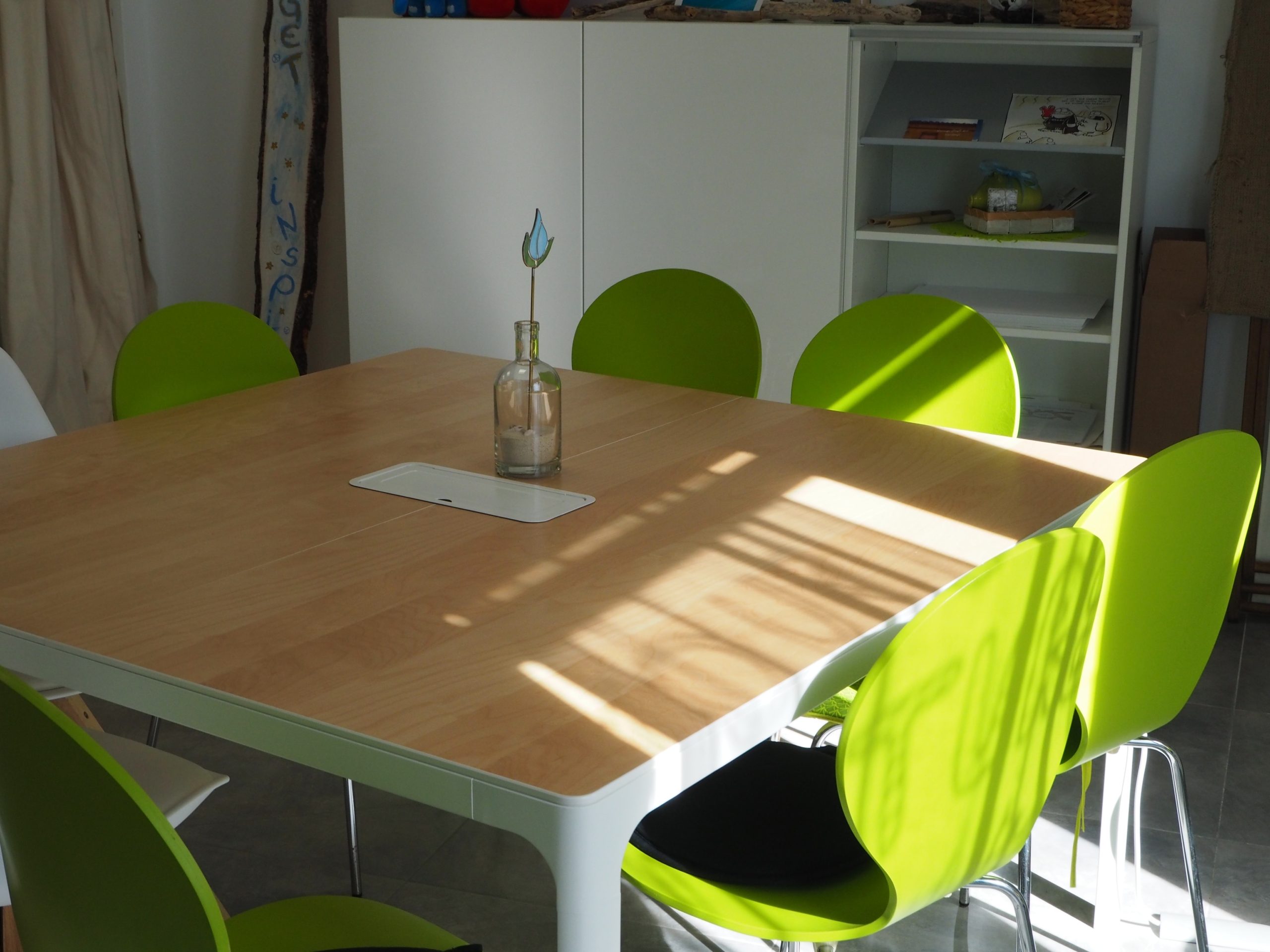When furnishing your dining room, there are a couple of things to think about when you choose a table. You need to consider what type of table will look good in that space, the average number of people you are going to have sitting around the table, and the different styles of dining room tables that will fit your design style.
While you may have a preference for a certain shape of dining room table, you need to think about the flow of the room and what will actually fit that space. Although the debate is usually round or rectangular, sometimes a square or even an oval will work best. This is a piece of furniture you are going to be using a long time — and an expensive investment — so you need to think about your decision and the concerns around each shape.
Rectangular
This is the most common size people purchase because, well, your dining room is usually a rectangle and you naturally gravitate to a Buy at Amazon because it’s going to fit the room. It should be between 36 and 42 inches wide. There are narrower rectangular tables on the market, but less than 36 inches may mean you can’t fit a full table service on each side as well as dishes in the middle. If you do get a narrow rectangular table, you can get a sideboard for your dining room to help out with serving space.
If it’s wider than 42 inches it will be difficult to carry on a conversation across the table as well as pass food from one side to the other. There could be a lot of shouting and throwing of dinner rolls during the meal!
It’s a good shape to serve four people, and you can always add a leaf to extend the length and fit more people. Since we are talking about a table leaf, no matter what size table you purchase make sure you get a leaf that just pops in.
There are more complicated settings involving locking mechanisms or pop ups, but the more complicated, the more chance something will go wrong. That’s why we prefer the simple type: Just pull on each end of the table, place the leaf in, and then push the table back together.
Regardless of what table shape you buy, there should be about three feet of clearance space for walking around it.
Round
Four people can sit nicely around your average-sized Buy at Amazon and it sets a nice intimate atmosphere for a meal. It is, however, difficult to carry on a conversation across the table. A round table that seats six is usually between 4 feet and 4.6 feet wide, which also brings up some conversational issues.
If you are short on space, a smaller round table is a good choice. You can fit the maximum amount of people around a round table and adding a leaf makes it an oval.
There’s no way to put two round tables together and make them work as one. There’s also no way to push a round table into a corner or against a wall to save space like you can with a rectangular or square table.
Still, it’s a table built for two and is a good option for a couple using the dining room.
Square
This is a perfect shape for smaller homes. It can serve as a multi-functional office/recreation space as well as a dining table. Two Buy at Amazon can be pushed together to accommodate more people and you have room for table services as well as serving dishes.
When not in use it can be pushed into the corner or against the wall.
Oval
Not quite as popular is the oval table, which offers softer lines and flexible use.
An oval table on a base can fit into a tight space and give you room to move around. Support for this table shape is normally a pedestal in the middle, four legs on the ends, a trestle, or with bracing boards running from end to end. So, take these styles into consideration when determining how many people you will be seating and whether or not they will have proper leg space. One person sitting at a table should have between 22 inches and 24 inches of space. If you are hoping to put six people around a table and you pick one with intricate curved legs, someone may not fit.
Make sure round or oval tables have a sturdy, solid base. You don’t want to watch a meal hit the floor because someone stood up and put all their weight on the edge of the table — and the pedestal tips.
You can’t go wrong with a rectangular or square table. Choose a style that suits your lifestyle as well as the design of your dining room.



